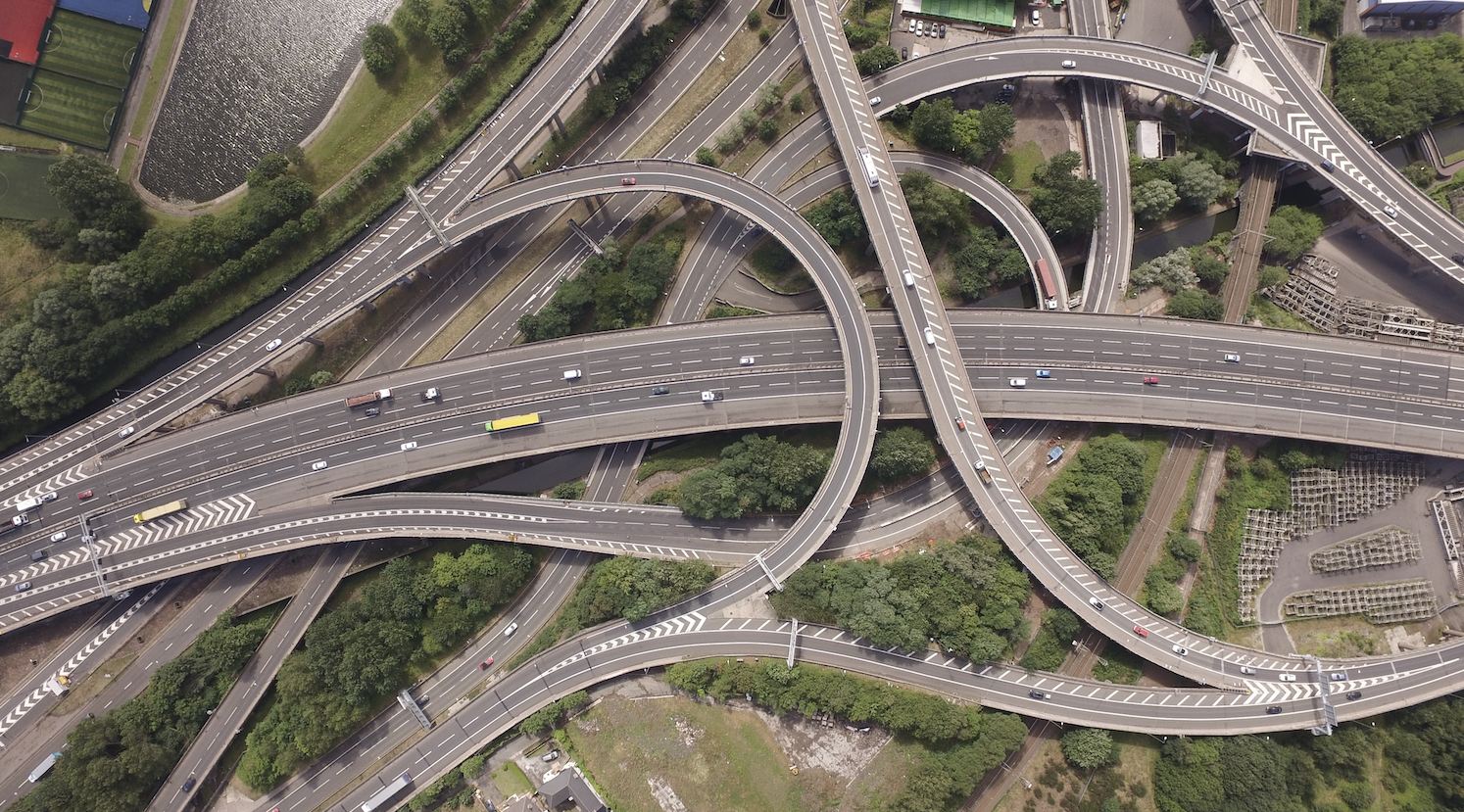Germany has long been known for its superior and well-maintained road networks and the famous Autobahns, where speed limits are almost non-existent. These can be very tempting for drivers of performance cars who often make the trip just to put their foot down legally. You do not need a permit to drive in Germany; you just need your full driving licence and a fully insured vehicle with European breakdown cover.
Due to the high cost and harder examination process, obtaining a driving licence in Germany is more complex than most of the world, which is why German drivers take driving very seriously, and there is a marked decrease in accidents as opposed to nearby and adjoining countries.
Below are some great tips to remember if you are considering a road trip across Germany. These will help you stay safe and out of trouble with the Autobahnpolizei, who have very strict rules and can issue on-the-spot fines for many reasons, even tailgating or lane change violations.
Drive on the right-hand side
Only in the UK and Malta drive on the left-hand side in Europe, and in Germany, the right-hand side is law; you should only use the left-hand lane to overtake on dual carriageways and autobahns. It is also imperative not to stay in the left lane once we have overtaken, as the vehicles coming from behind are likely to be travelling at very high speeds, especially on the autobahns. This is a finable offence. You will often see other speedy drivers flash to pass left-lane drivers.
Speed Limits
On the Autobahns, many routes are freeway systems without posted speed limits, but not all of them, so it is wise to keep this in mind. However, no posted speed limit does not mean you are not responsible for obeying German law, which states that you may only drive a vehicle fast if you are fully in control of it and that you can adapt the speed due to weather conditions, road traffic, and visibility. The speed must also be in line with the vehicle’s characteristics and load.
Off the Autobahns, the speed limits are 50kmh (31mph), which is the default in towns and cities, with 100kmh (62mph) being rural speed limits. Almost ironically, with such unlimited speeds on the autobahns, many urban areas have very strict 30kmh |(18mph) zones, especially around educational areas, with most having cameras to enforce prosecution. So slow really means slow in Germany!
Road signs It is a good idea to familiarise yourself with the road signs you can expect to see on your German road trip; below are some of the most important ones to be aware of.

U-Turns and Roundabouts
U-Turns are only permitted in the case of an emergency and is an offence to do at any other time. On a roundabout, you must give way to vehicles already on the circle, and you must always indicate your direction and departure to other cars; poor roundabout use and U-Turns can both carry on-the-spot fines.
Mobile Phones
There is a very strict ban on handheld devices in Germany. If you do not have hands-free calling, you can be fined 60 euros on the spot. This also applies to driving with headphones.
Drinking and driving
Germany has a rigorous policy on driving while under the influence of drink and drugs, so much so that the alcohol tolerance is the lowest in the EU.
Seatbelts
If anyone in the car is found without a seatbelt, the motorist will be fined heavily on the spot. Children under the age of 3 are not permitted in the front and must be strapped into an adequate car seat. Children under the age of 12 and below 150 cm are not permitted to use the front seat without a booster seat.
Documents and equipment
You must always carry your driving licence, registration document showing ownership (V5 if UK), and insurance paperwork in your vehicle. If you are visiting an Environmental Green Zone area, you may also need an Environmental Green Zone badge and possibly a parking disc so that you can park in accordance with the city or town rules.
By law, you must also carry a warning triangle, a first aid kit, and at least two high-visibility vests inside the car. If you are in an area showing signs with tyres with snow chains, then you must have chains or winter tyres fitted to drive across the area.
Emergency help
If you need help, it is 110 for the police and 112 for the Ambulance. You must stay at the site for at least half an hour, even if it is just your car involved, and it is prohibited to leave the site of an accident without seeking help or giving medical attention if you can.
Germany has some of Europe’s most serene and beautiful landscapes, and the roads are so well maintained that it is a shame not to drive on them if you can. However, you must be very attentive and alert, especially on the autobahns. As long as you stay within the law, you should not have to face any on-the-spot fines, so it is wise to brush up on the regulations before you venture out, as a laid-back attitude to driving in Germany can be costly!

